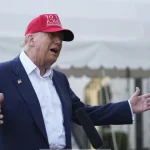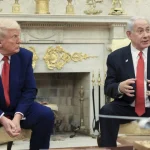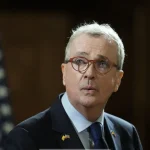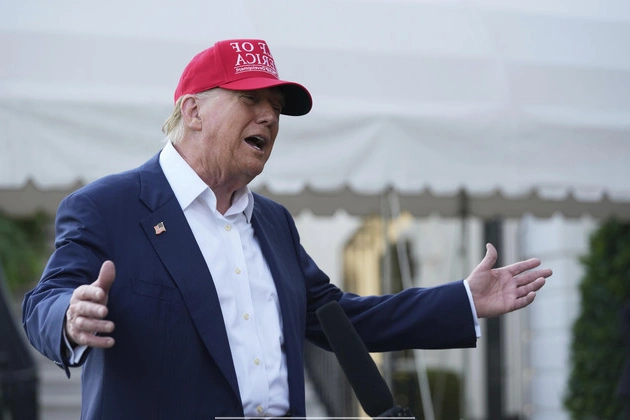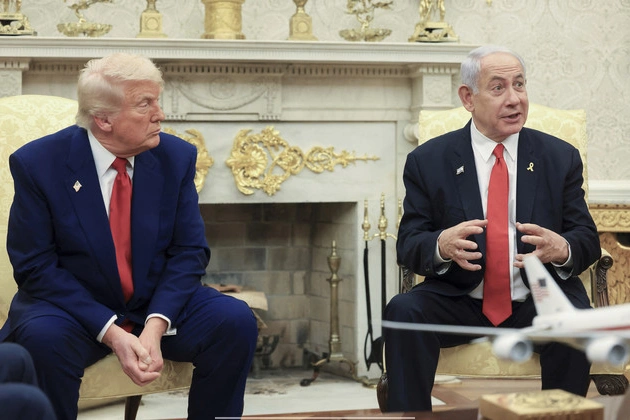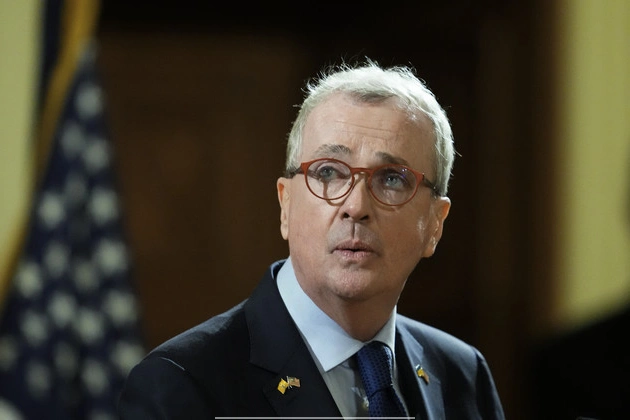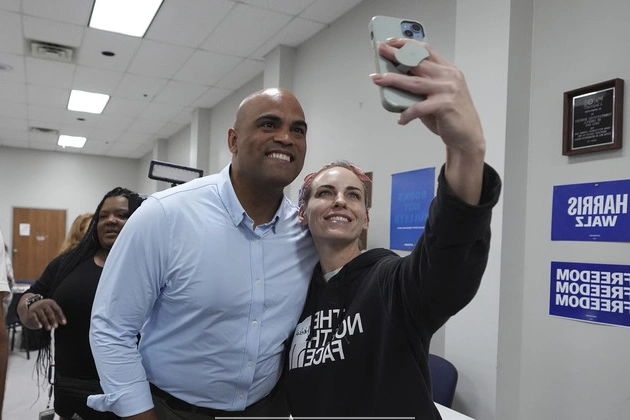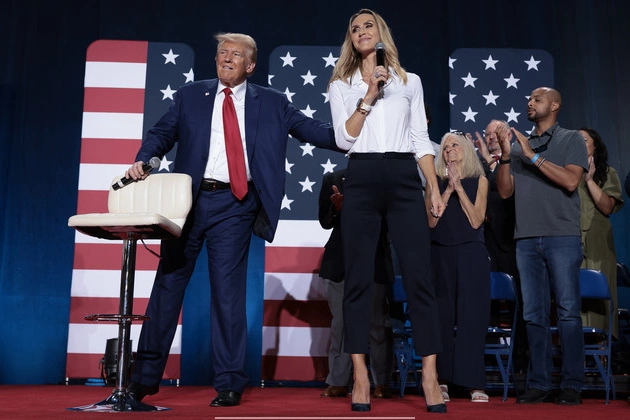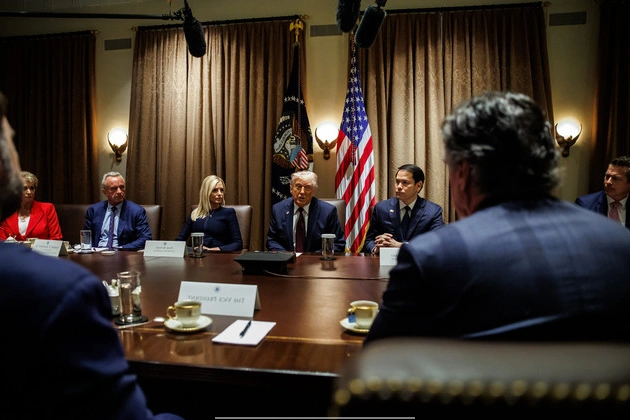
President Donald Trump hinted at the possibility of announcing new tariffs on imported cars this week as part of a larger reciprocal tariff package targeting multiple countries on April 2.
Trump’s statement at the White House indicated that the automobile tariffs, a long-discussed topic, would be revealed in the coming days, culminating in the reciprocal tariffs on April 2.
Reciprocal Tariffs and Sectoral Tariffs
Trump’s recent remarks at a Cabinet meeting emphasized the imminent announcement of car tariffs and the future inclusion of pharmaceutical tariffs to address trade barriers faced by the U.S. in global markets.
The forthcoming plan aims to impose reciprocal tariffs on key trading partners like China and the European Union, potentially extending to sector-specific tariffs for industries such as autos, pharmaceuticals, and semiconductors.
Clarity on Tariffs
Despite the looming April 2 announcement, there remains uncertainty regarding the scope of tariffs to be unveiled. Trump initially suggested that all tariffs would be covered, only to retract and state that not all tariffs would be imposed on the same day.
The administration’s approach towards setting tariffs appears to be strategic, with Trump indicating a willingness to charge less than the trade barriers faced by American exporters, aiming for a fair yet competitive trade environment.
Industry Insights
In 2024, the U.S. imported significant amounts of automotive, pharmaceutical, and semiconductor products from various countries, highlighting the importance of these sectors in global trade.
As discussions continue within the administration, the timing and specifics of sectoral tariffs remain under consideration, indicating a dynamic approach towards trade policy implementation.
Transition to External Revenue Service
Commerce Secretary Howard Lutnick revealed plans to establish the ‘External Revenue Service’ on April 2 for managing tariff revenue collections, a shift from the current responsibility held by U.S. Customs and Border Protection.
This strategic move aligns with Trump’s broader trade objectives outlined in a recent executive order, signaling a reevaluation of revenue collection processes within the government.
With ongoing deliberations and potential changes on the horizon, the trade landscape under the Trump administration continues to evolve, shaping future trade relations and policies.
